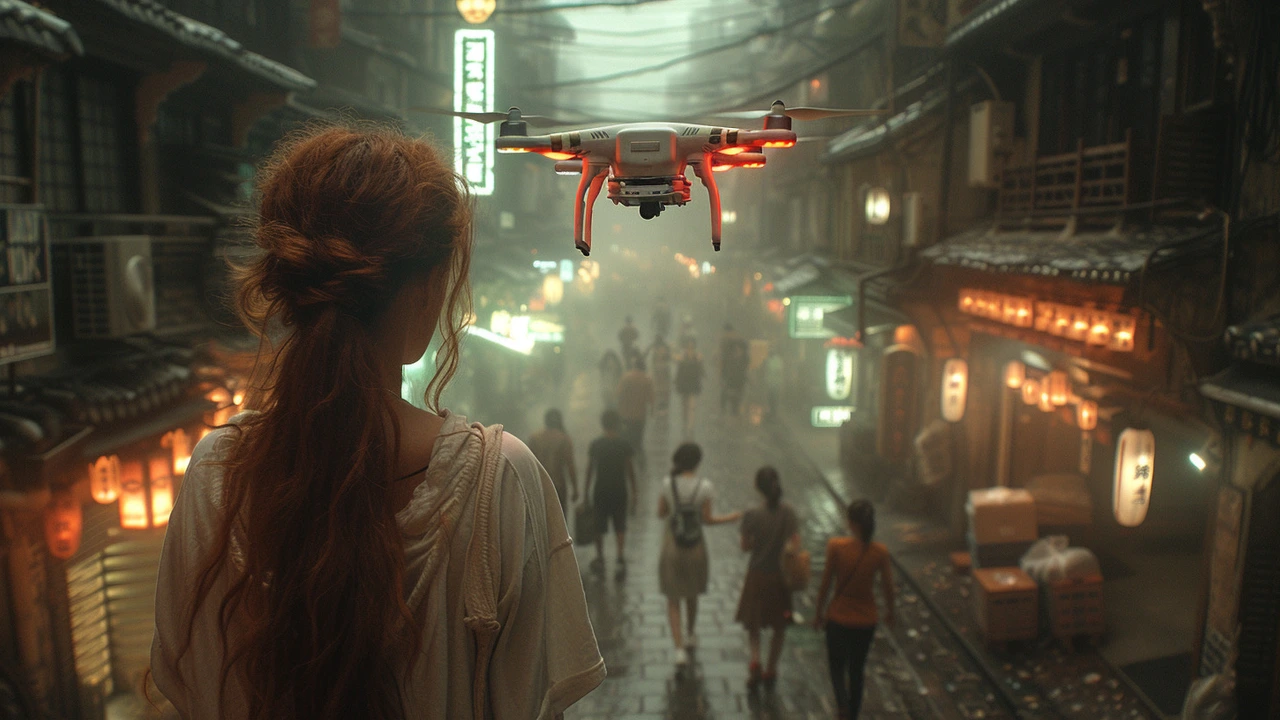
Understanding the Digital Playground
Look, as a mother of two tech-savvy children, Lucian and Rowan, I've seen firsthand the rise of mobile games and online platforms in the digital space. And let's be real, it isn't all bad. I've seen games that promote learning, inspire creativity, and foster problem-solving skills. But with their emergence, a new trend that's gaining traction is that of in-game advertising. I mean, who didn't roll their eyes at the sight of an irksome ad popping up sneakily in the middle of an intense game. I know I did! And trust me, the groans that came from the junior gamers in my home were way, way, louder.
Clever Strategy or Intrusion: The Infusion of In-Game Ads
Honestly, in the initially, it was quite startling to see ads integrated into Lucian's favourite racing game. It’s like one minute he’s ready to cross the finish line and bam! He’s met with a detergent ad. Seemed pretty invasive to me. But looking from a marketer's standpoint, what a clever, crafty strategy—it’s no wonder that this approach is the new darling of the digital advertising space. Companies have found an ingenious way to reach their audience right in the middle of their favourite pastime, engaging them in a familiar environment and capitalizing on their undivided attention.
How Do In-Game Ads Work?
Now when it comes to how these ads are delivered, it's interestingly simple. There are basically two types of in-game ads: static and dynamic. Static ads, as the name suggests, are immovable and are part of the game’s design. Then there are dynamic ads, which can be altered and modified according to the user's data, location and even playstyle. This customization can be a double-edged sword – on one side, users get relevant ads, but on the other, it can feel a little creepy and intrusive. After all, who expects a winter jacket ad in the midst of a thrilling game on a hot summer day?
The Role of Virtual Reality in In-Game Ads
One evening as I was navigating the virtual realm with Rowan, I was transported to a billboard promoting a popular soda brand. It was right there, part of the VR landscape! That's when it hit me just how multifaceted in-game ads have become. They're not limited to just pop-ups anymore. Virtual Reality and Augmented Reality gaming platforms present an entirely new world of advertising opportunities. Through VR and AR, brands can create immersive and interactive ads that don't feel like obligatory interruptions but rather smoothly blend into the gaming environment.
The Strategy Behind In-Game Advertising
Behind every in-game ad, there lies a calculated strategy. This strategy often plays around with rewards, those sweet checks and balances of gaming. For instance, players might engage with an ad or complete a survey to earn rewards or get rid of pesky obstacles. By doing so, advertisers take advantage of the player's peak engagement moment, subsequently creating a positive brand association. It’s an old formula really, offering something of value in exchange for user attention, but it feels three times more innovative and effective in the gaming environment.
The Pros and Cons of In-game Ads
Look, I get it! In-game ads can be annoying. But let's not forget, they're also a significant source of revenue for game developers, allowing them to provide high-quality games for free or at a reduced price. But, (and there's always a 'but', isn't there?), there are privacy concerns related to targeted advertising. Aligning with fair gaming rules, developers need to be mindful of non-invasive ad placements and must respect international privacy laws. The balance is necessary, aiming for a 'win-win' situation for both gamers and advertisers.
In-game Ads: The Future
The truth is, we're in a new era where digitalization is pervasive, and gaming is a part and parcel of everyday life, as natural as sipping a cup of tea while reading the morning paper. So, despite the gripes, it's safe to say that in-game ads are here to stay. Just like Lucian and Rowan, they will grow, branch out, and evolve into something even more sophisticated. The digital space is, indeed, a playground, a stage for advertisers and consumers to interact, and it's interesting to see what form this interaction takes in the future.